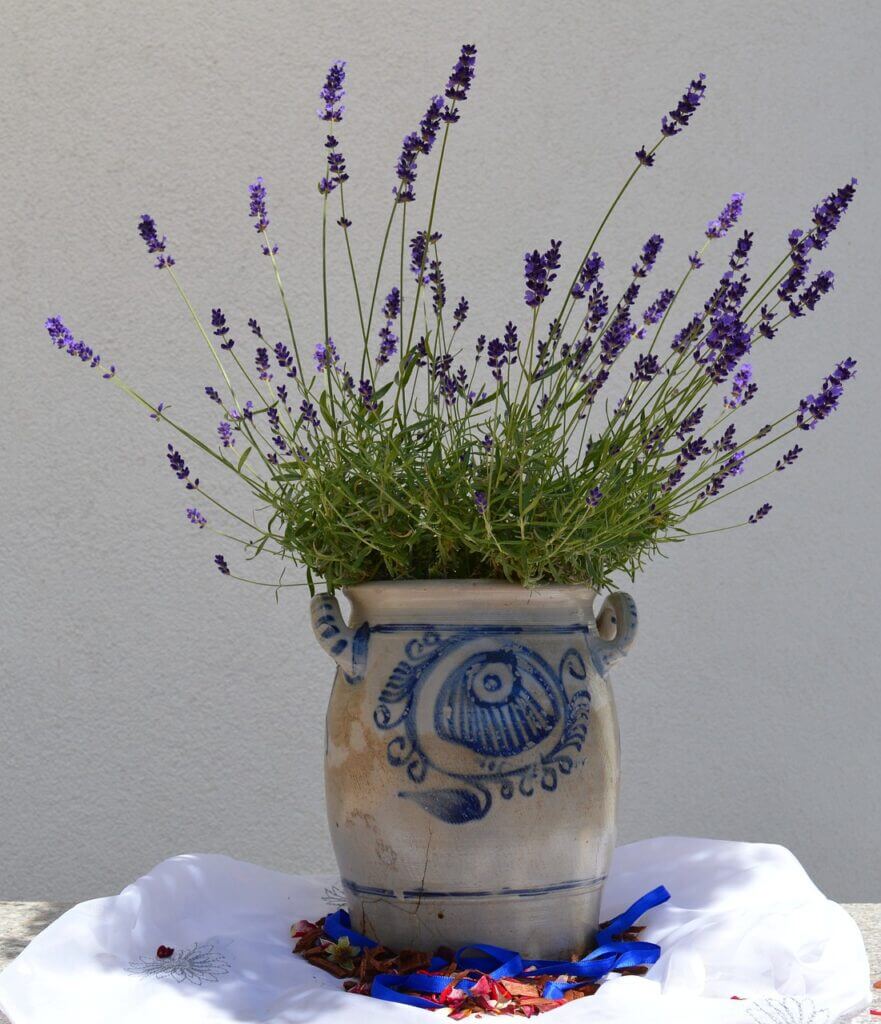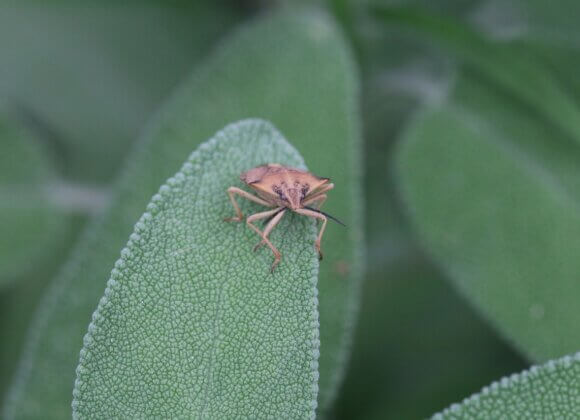They buzz, crawl, fly and, in the worst case, even bite – mosquitoes, flies, ants and other insects are not welcome indoors. We’ll tell you how to get rid of the unloved ants and mosquitoes in your home – without using chemicals.
Bedroom, living room or kitchen – hardly any room is safe from insects. As useful as these creatures are outdoors – after all, most of them are part of the food chain – they are unloved indoors. You don’t have to resort to insect repellent to get rid of them, there are other ways to drive the uninvited guests away.
Mosquito-free zone
We’ve all been there: you’re just about to fall asleep and suddenly you hear an annoying buzzing noise. To prevent this, it is advisable to keep mosquitoes and midges out of the bedroom in the first place. In addition to fly screens, spices are also a good way to keep them away. A pot of mint, eucalyptus, lemon balm, thyme, basil, rosemary or lavender on the windowsill ensures an undisturbed night’s sleep, as the stinging companions cannot smell the essential oils of the herbs. The same applies to sage: When fumigated with it, even the last mosquito will leave.
Get out of the kitchen!
Fruit flies, which populate kitchens, especially in summer, are also a nuisance. One way to get rid of the pests is to use fruit fly traps. You can either buy them ready-made or make them yourself.
To do this, pour a little apple cider vinegar, vinegar or fruit juice into a glass and dilute with water. If necessary, a drop of washing-up liquid can be added to reduce the surface tension.
If you want to spare the animals from drowning, you should focus on prevention: Place the fruit in the fridge, as this usually attracts fruit flies. Or you can add a few wine corks to the fruit: the natural material absorbs the moisture released by the ripe fruit. At the same time, the smell given off by the natural cork repels fruit flies.
Basil, lemon balm, lavender, mint, fresh and dried bay leaves, chives, garlic or tomatoes and a lemon half studded with cloves have a similar effect.

The big crawl
Ants also have no place in houses and apartments. Nevertheless, they keep getting lost there. Be it because they have found food there, or because this is the quickest way to another destination. So if the crawlers snack on cakes, cookies, sugar or other foods, these should be removed. The next step is to interrupt the ant trail. This can be done by blocking the entry points, for example with damp household paper. To interrupt the scent trail that the ants follow, you can also use herbs such as mint, marjoram, lavender, thyme, cinnamon or chervil. Sprinkled or laid pure on the ant trail, sprayed on as essential oils or herbal concentrates, they chase ants away within a very short time.
Chili, lemon peel or tomato leaves as well as vinegar or vinegar cleaner also work well in this context. These odors are also effective against flying ants, which are attracted by bright light and thus find their way inside houses and apartments in the evening. Another way to get them back outside is to lure them into the open with visible light sources.
Ants in the garden
Ants have their place in the garden: they eat wireworms, but also the caterpillars of cabbage white butterflies or slug eggs, while at the same time loosening the soil. However, caution is advised if plants are infested with aphids. This is because the sticky sap they secrete serves as food for ants – they therefore defend the aphids vehemently against animals such as ladybugs, which would destroy the aphids.
Against fungus gnats
Even the best insect screen is useless if fungus gnats are brought in with a flowering plant. The small, black flies feel particularly at home in permanently moist soil or compost. However, the main problem is the larvae of fungus gnats: They can damage the roots of the plants. This not only impairs growth, but also promotes the occurrence of diseases in the plant.
Carnivorous plants, nematodes, predatory mites, insecticide-free yellowing boards and certain bacteria added to the irrigation water are proven ways of getting rid of fungus gnats. Another option is to allow the pot ball to dry out briefly – provided the plant can tolerate the dry phase. If this is not the case, the infested plants should be planted in new soil as soon as possible and the old soil disposed of. A fine layer of sand on the soil then prevents the fungus gnats from laying new eggs in the moist soil.
Related posts:
The 7 most popular summer herbs in the kitchen













